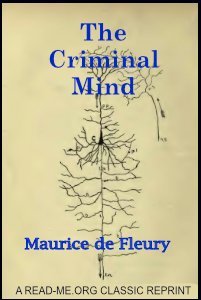By Marcena Hunter
While gold is often referred to as a blood mineral due to its role in conflict financing, the relationship between the gold sector, instability and violence is far more nuanced, with complex regional dynamics. In the gold production hub of West Africa, where artisanal and small-scale gold mining (ASGM) is pervasive, an increasing tide of insecurity and violence in recent years adds to the complexity of the sector. Woven into the region’s convoluted web of actors, activity and supply chains are criminal networks that link local mines to international trade hubs, exploiting the gold sector for financial gain and power. The analysis in this report demonstrates that the reality of the relationships between gold, conflict and criminality challenges the simplistic narrative of ‘blood minerals’ used to finance conflict, offering a far more nuanced understanding of the significance of the gold sector in West Africa. Rather, gold is closely intertwined with survival, money, power and criminality. Criminality, fragility and violence While literature on the relationship between gold and instability has often focused on conflict financing, the interplay between gold, governance and criminality can contribute to instability and violence before any form of conflict financing takes place. Criminal exploitation of the gold sector is fostered by persistent and widespread informality, due in part to the significant barriers to entry in the formal sector, and the lack of support for informal miners and gold traders. As a result, corrupt and criminal elites in the political and business spheres can capture illicit gold flows, further contributing to community frustrations that can give rise to conflict. Limiting access to the gold sector by restricting access to mine deposits or conducting crackdowns on unlicensed ASGM can also undermine the legitimacy of state actors. Thus, efforts to stabilize West Africa must account for complex criminal interests while also addressing the long-standing grievances and expectations of local communities.1 Such efforts are critical in both conflict-laden areas and stable areas to reduce the risk of conflict spreading. Where the gold sector contributes to conflict financing in West Africa, it can vary significantly in form and value. In locations where conflict and gold mining overlap, armed groups may target the gold sector by taxing mining and trade activities, demanding payment from miners for providing security, or establishing checkpoints along roads to mine sites and trade hubs for payment collection. Members of armed groups may also directly engage in gold mining, either for personal financial gain or to benefit the group. Yet in many regions, gold is not the primary source of revenue for armed groups; other industries like the livestock sector are also targets. Sitting in the space between increased fragility and conflict are local self-defence and identity militia groups, which can act in cooperation or in competition with the state.2 In West Africa, these groups fall on a spectrum ranging from hybrid security institutions to mafia-style protection rackets run by ‘violent entrepreneurs’. There is a heavy overlap between these groups and the gold sector, with many instances of groups providing security at gold mine sites and along transportation routes. Yet, the origins of the different groups, their roles in local communities and the gold sector, and their role in conflict dynamics vary greatly.
Geneva, SWIT: Global Initiative Against Transnational Organized Crime. 2022. 61p.












